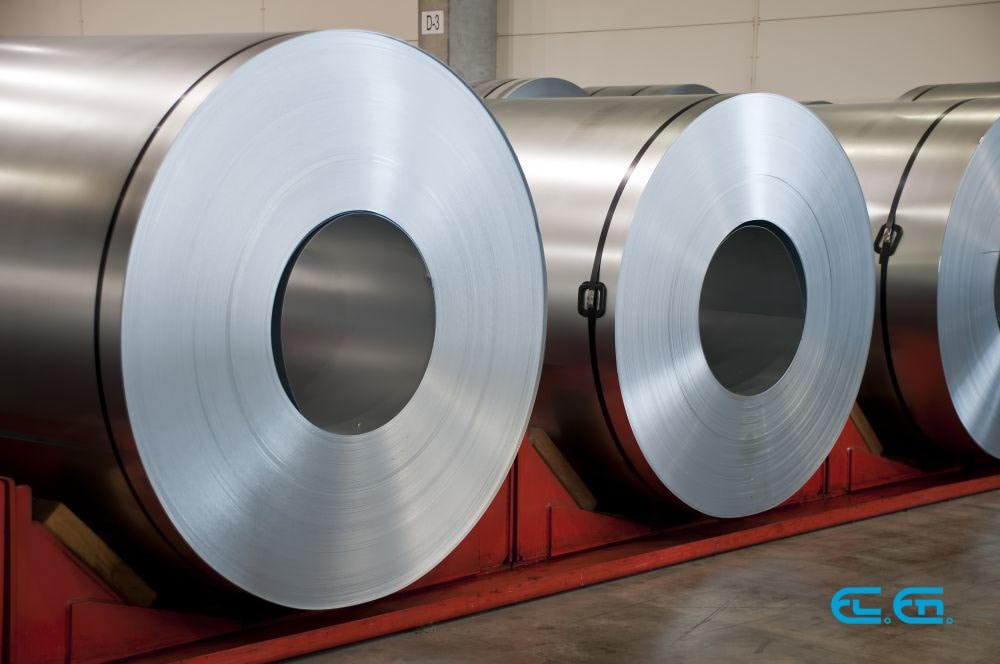
Composite materials are known for their extraordinary mechanical and physical properties. They are created by combining two different materials, resulting in a new material with better properties than their component materials taken individually.
Fiber reinforced polymers are some of the materials in the composite family that have found widespread use. These materials are manufactured by incorporating a fibre of some kind into a resin polymer matrix.
Fiberglass is one of the first materials to have been made in this way. Invented in the 1960s, it has now become an indispensable material for many sectors, particularly the nautical one. Today, there are other materials of this type such as aramid fibre also known as kevlar and carbon fibre reinforced plastics (CFRP).
Materials produced this way are light and resistant and at equal mass, are considerably more performant than other traditional materials such as wood or metal. They can also offer great plasticity which makes them easy to mould into any required shape. Thanks to these characteristics, composite materials are used for technologically advanced applications in sectors such as the nautical, aeronautical or automotive industries.
Carbon fibre reinforced plastics
CFRPs are perhaps the most advanced of all the composite materials,
To produce CFRP, a carbon fibre fabric is incorporated into a polymer matrix. The resulting product is extremely light and strong. At equal mass, it is 25% lighter than aluminium and 60% lighter than steel. This explains why it has found use in the aeronautical industry and in the sports competition sector for the construction of super light vehicles.
Once made, however, CFRP must be cut into the required shapes for their future function. Normally, this is done using mechanical methods. However, these have a major drawback. The strength of the carbon fibre quickly wears out the cutting tools, which therefore have to be replaced very frequently, making the process very costly.
Laser cutting technology is a valid alternative to the mechanical cutting of CFRPs. Both the carbon fibre and the polymers that make up its matrix absorb the 10.6 micrometre laser radiation produced by the carbon dioxide laser very well and can be cut very efficiently.
Cutting CFRP therefore has two main advantages:
- a contactless process: it is possible to cut CFRP without the typical mechanical forces that wear out the cutting tool. This significantly lowers the production costs of each individual part.
- very high tolerances: the laser can make cuts with very narrow angles and produce extremely precise parts very easily. This feature is crucial for advanced technological sectors where it is important to maximise the performance of a given component.
The material of the future
CFRP will become more and more popular over time. This material is of increasing importance and will spread to an ever wider range of sectors.
Finding a cheap and fast way to cut it into the most diverse shapes will become crucial. The CO2 laser is a viable alternative to the mechanical cutting methods currently used.
If you are considering a laser application to process carbon fibre, contact us: and we will design a customised application to suit your needs.




